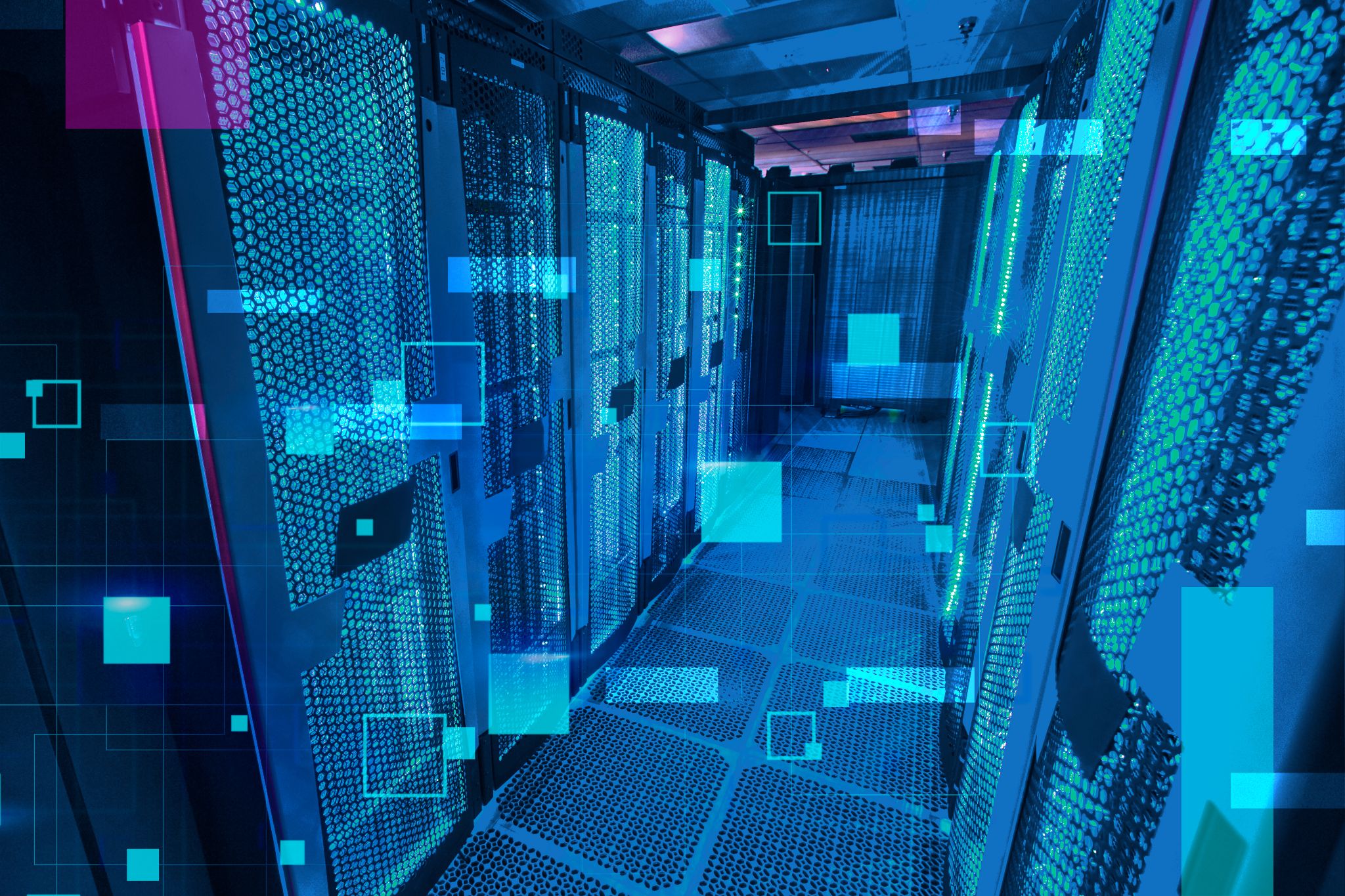
The seemingly boundless technological marvels we enjoy today- from the software we rely on for work to the CG spectacles we see on our favorite movies and streaming platforms-are here thanks to the humble Date Centre. A Data Center is a collection of powerful servers that do the heavy lifting for the vital IT infrastructure behind the digital services and applications so readily available to us in this digital age.
This article hopes to provide a deeper understanding of these computing workhorses and virtual safehouses, with a special focus on the render farm- an application of data centers responsible for the innovations in CG imagery we’ve come to know in Film, Video Game cinematics, and visualization.
Key Functions of Data Centers
Storage
The information we disclose in online registration forms, online software hubs and social media accounts doesn’t just live in the virtual ether. They are all kept within data centers that allow for efficient data management and high-level security, relieving us from the burden of storing all our accumulated data on our local machines while keeping our information more secure.
Processing Power
In the same vein, Data Centers make it possible for us to interface with multiple web-based applications and social platforms at minimal cost to our own hardware. Scientific modeling, digital content creation, and artificial intelligence are some of the many beneficiaries of the scalable processing power executed by data centers all over the world.
Cloud Services
Services like AWS, Microsoft Azure, and Google Cloud are boons for any modern entrepreneur and developer. These platforms and the Data Centers they are built upon are what allow businesses to expand their IT resources at a moment;s notice. Websites and their analytics, software automation, and AI copilots are commonplace examples of essential Cloud services that benefit us whether we know it or not.
Recovery
Whether in-house or in the cloud, data centers also keep businesses running during natural catastrophes or hardware failures. Safeguards like backup power supplies, data recovery, and in most cases the mere fact that a company’s data centers are in another half of the world during a massive flood are what keep everybody from losing too much sleep.
Render Farms: A Special Application of Data Centers
One specific application of data centers is their use in render farms, essential for industries requiring high-end computational power to deliver superior quality visual content, such as animation, gaming, architecture, and film production.
What Exactly Is a Render Farm?
A render farm is a cluster of high-performance computers used to render computer-generated imagery. 3D Rendering involves converting 3D models into 2D images by simulating light, texture, and color, a process that requires enormous processing power, especially in animation or visual effects. In essence, it’s any number of data centers optimized to render batches of images from a 3d project file simultaneously via virtualized OS environments that are managed by a specialized task scheduler.
The Render Farm’s Importance
Any production, whether for a film or a visualization of a product, is iterative by nature, This means that not only will a studio need to deliver high-resolution, rendered animations to their client, but they also need to do it for every version that addresses any corrections or notes. At times, this turnaround cycle needs to happen daily. Enough time will have been spent actually making the edits to say nothing of the rendering that takes place after. Without a render farm, it would be impossible to perform at a caliber demanded by the industry.
Applications of Render Farms
Animation and Film Production
Even for projects that are stylized enough not to warrant the elaborate calculations that occur in more photorealistic renders. The sheer amount of images that need to be rendered at regular intervals call for the use of render farms. This extends to Visual Effects in live-action films, where even the more mundane elements in any given shot are just as likely to be computer-generated than real.
Gaming
While the graphics inside of a video game do not need render farms, the stunning cinematic trailers or in-game cutscenes that have a more cinematic flair have traditionally been rendered ahead of time using render farms for years. Promotional animations for triple-A online multiplayer games occasionally make use of the same technique even now, as a high-quality rendition of key events in a game’s narrative is effective at generating buzz in the gaming community for an upcoming update or major release.
Architecture and Design
Long gone are the days when hand-painted depictions of an architect’s design would stir excitement in a soon-to-be homeowner- at least, as a norm. Architectural firms make use of 3d visualization to present their ideas in full photoreal 3d animations, offering a virtual tour of every nook and cranny as though it had already been built. Some firms even go as far as adding finer detail to the models that simulate a lived-in effect. Architectural visualizations can be very computationally demanding, which makes third-party render farm services crucial to most projects- be they for residential or commercial developments, or anything in between..
Conclusion
In many ways, data centers are the metaphorical wheels and cogs behind any digital enterprise’s operations, and because digital technology has permeated almost every industry today, these computational powerhouses will continue to be the foundation for the technological innovations to come.








